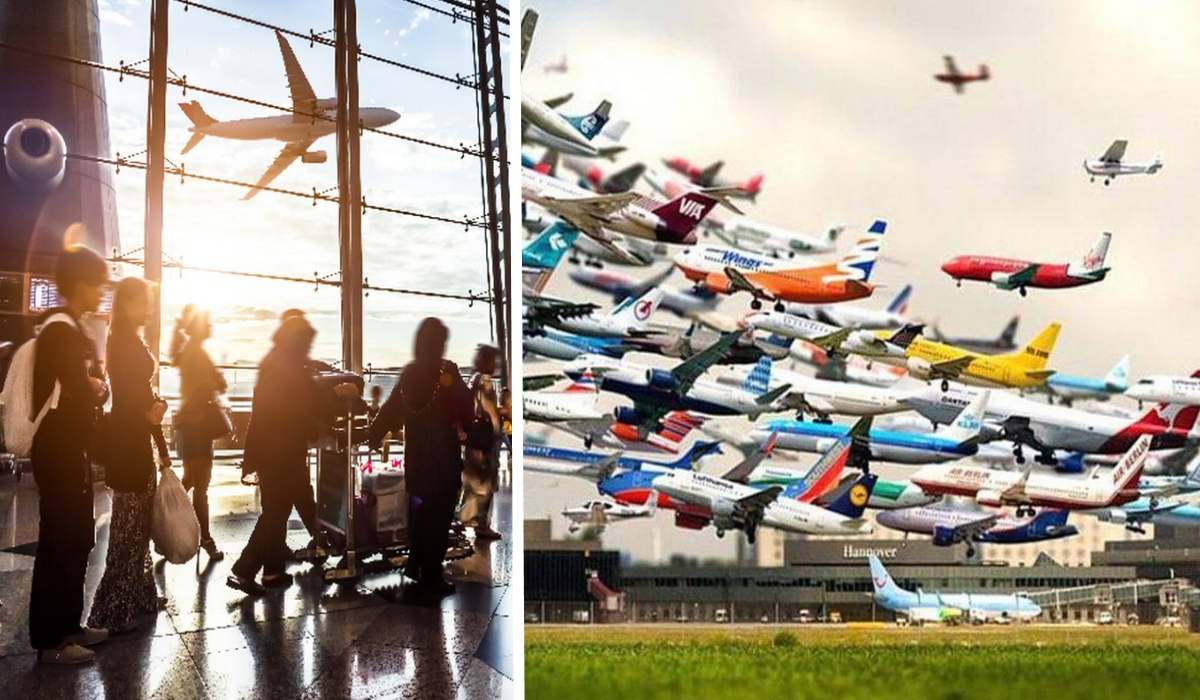According to the results of 2023, the title of the safest airline in the world belongs to the largest air carrier in New Zealand, Air New Zealand. The airline has excelled across the spectrum of safety, never neglecting the finer details. The website Airline Ratings states this in the annual ranking of the safest airlines in the world.
According to Airline rating editor-in-chief Geoffrey Thomas, Air New Zealand took the top spot because of its “strong focus on safety”. The top ten safest carriers at the beginning of 2024 included:
- New Zealand air carrier Air New Zealand;
- Australia’s largest airline, Qantas;
- Australian budget airline Virgin Australia;
- national airline of the UAE Etihad Airways;
- the national airline of Qatar, Qatar Airways;
- one of the largest airlines in the world, based in Dubai, Emirates;
- Japanese airline All Nippon Airways;
- state air carrier of Finland Finnair;
- flagship airline of Hong Kong, Cathay Pacific Airways;
- Alaska Airlines is the main airline in the USA.
Also considered safe: SAS, Korean Air, Singapore Airlines, EVA Air, British Airways, Turkish Airlines, TAP Air Portugal, Lufthansa/Swiss Group, KLM, Japan Airlines, Hawaiian Airlines, American Airlines, Air France, Air Canada Group and United Airlines.
As for low-cost carriers, the Australian Jetstar took the lead. The top 10 safest budget airlines look like this:
- Australian Jetstar;
- British low-cost airline easyJet;
- Irish ultra-budget airline Ryanair;
- Hungarian budget airline Wizz Air;
- Norwegian Norwegian;
- U.S. Frontier airline;
- Budget airline based in Barcelona, Vueling;
- international low-cost carrier from Vietnam. Vietjet;
- American budget airline Southwest;
- Mexican budget airline Volaris.
Flydubai, AirAsia Group, Cebu Pacific, Sun Country, Spirit, Westjet, JetBlue, Air Arabia, Indigo, and Eurowings were among the top twenty safest low-cost airlines.
To form the rankings, experts compare the safety performance of hundreds of airlines by examining more than ten criteria, including serious incidents, recent fatal accidents, inspections by aviation authorities and industry bodies, profitability, safety initiatives, pilot training peer review, and fleet age.
However, the estimate does not include bird strikes, turbulence injuries, adverse weather, and lightning strikes as the airline has no control over such events.

